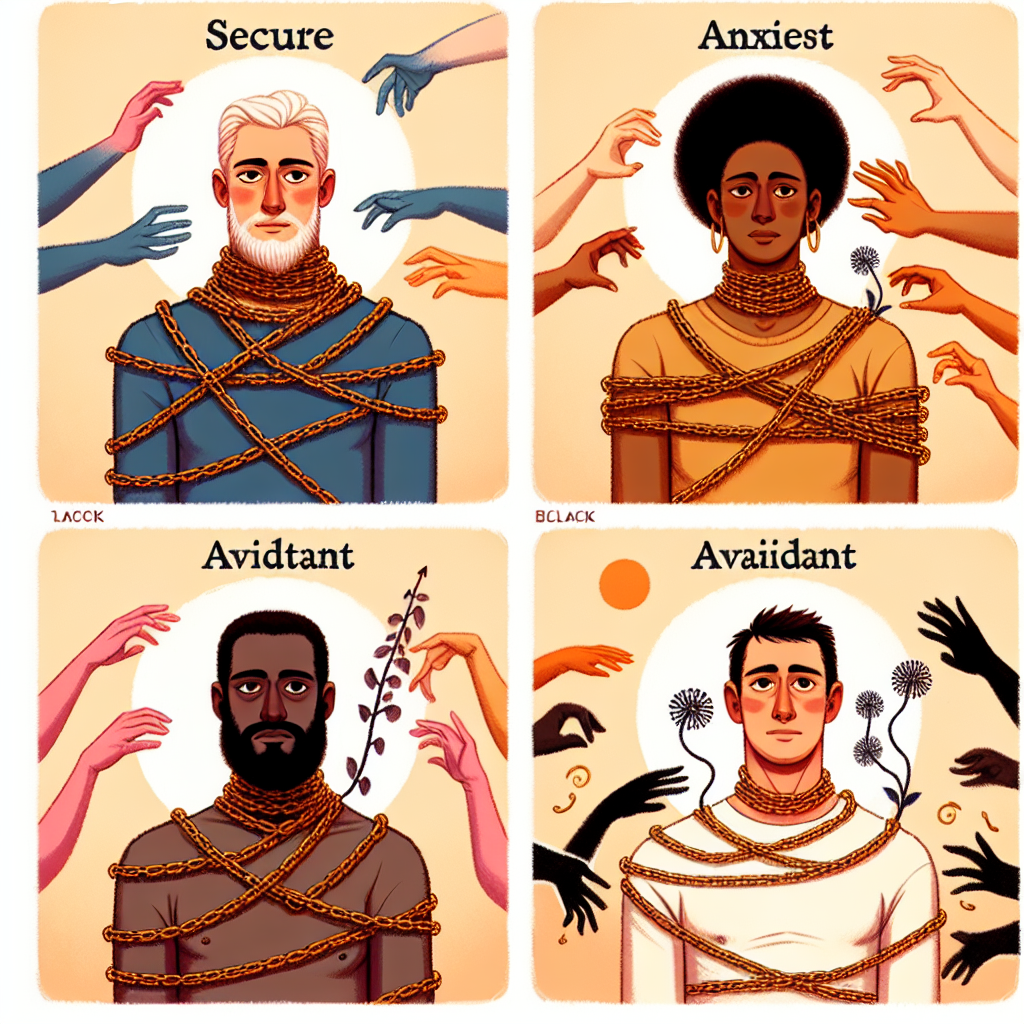Vulnerability Without Oversharing: The Delicate Balance in Early Relationship Communication
Introduction: Walking the Tightrope of Early Relationship Communication
Navigating the early stages of a relationship can feel like walking a tightrope. On one hand, emotional vulnerability is crucial for building trust and intimacy. On the other, oversharing too soon can overwhelm your potential partner or create an emotional imbalance that may hinder a healthy relationship. So how do you strike the perfect balance between openness and self-restraint?
Being vulnerable means opening up about your past, your emotions, and your fears in a way that fosters connection without feeling exposed or regretful. Dr. Brené Brown, a renowned researcher on vulnerability, describes it as the birthplace of love and belonging. However, she also warns against indiscriminate sharing, stating that vulnerability should be mutual and developed over time. This means that while it’s essential to be honest in dating, it’s equally important to manage the pace and depth of personal disclosures.
Oversharing—revealing too much, too soon—can stem from a desire to fast-track intimacy, a lack of emotional boundaries, or anxiety about how the relationship will progress. While it may seem like sharing everything upfront can build a strong connection, studies suggest that overwhelming a partner with intense personal disclosures early in dating can lead to discomfort, red flags, or even premature emotional burnout.
For singles from their early 20s to their late 80s, dating looks different at each stage of life, but the challenge of balancing vulnerability remains the same. Whether you are dating after a divorce, entering the scene after decades of marriage, or exploring romance in your youth, the key is to reveal authentic pieces of yourself slowly, based on mutual trust and the progression of the relationship. This approach not only deepens your connection but also ensures that emotional intimacy develops naturally rather than being forced.
So, how can you cultivate healthy vulnerability in your dating life without falling into the trap of oversharing? Understanding the psychology behind emotional openness and learning strategies for pacing your disclosures can help you foster more meaningful and lasting connections.
The Science Behind Emotional Vulnerability and Oversharing
Psychology and relationship studies shed light on the importance of emotional intelligence in early dating. According to a study published in *The Journal of Social and Personal Relationships*, appropriate self-disclosure strengthens trust and emotional closeness, while premature or excessive sharing can create unease and reduce perceived attractiveness.
Furthermore, relationship expert Dr. John Gottman, co-founder of The Gottman Institute, emphasizes that gradual self-disclosure allows both partners to build trust organically. Dr. Gottman’s research on successful couples highlights that emotional intimacy grows when partners feel safe and reciprocate vulnerability over time. This means that while revealing personal details can bring partners closer, doing so too quickly without an established foundation of trust may generate feelings of emotional debt or obligation in the other person.
A study conducted by Dr. Susan Sprecher, a social psychologist at Illinois State University, found that reciprocal self-disclosure is one of the strongest predictors of attraction and relationship satisfaction. The key takeaway from this research is that vulnerability should be a two-way street; when one person shares something meaningful, the other should feel comfortable matching that level of openness. When this balance is disrupted—such as when one partner discloses traumatic experiences too soon while the other remains emotionally distant—it can create discomfort or even drive people away.
Additionally, experts in attachment theory suggest that one’s childhood experiences play a role in how they handle vulnerability in adult relationships. Those with secure attachment styles tend to open up gradually, assessing trustworthiness over time. In contrast, individuals with anxious attachment styles may struggle with boundary-setting and either withhold personal details out of fear or overshare in an attempt to secure closeness quickly. Recognizing personal tendencies in disclosure can help individuals reframe their dating strategies and approach vulnerability in a healthier manner.
Therapists and dating coaches recommend mindful self-disclosure as a key strategy for fostering emotional intimacy without overwhelming a new partner. This involves paying attention to verbal and nonverbal cues from the other person, observing their reactions, and allowing each conversation to unfold naturally rather than forcing heavy emotional discussions early on.
Striking the Right Balance: Practical Strategies for Healthy Vulnerability
To achieve the right level of vulnerability in dating, consider the following strategies:
1. Start Small
Share lighter personal details first—your favorite books, interests, or formative experiences—before delving into more personal storytelling about past relationships or traumas.
2. Observe Reciprocity
If your date shares something personal, match their level of openness rather than exceeding it. A natural back-and-forth rhythm is vital for developing mutual trust.
3. Gauge Comfort Levels
Pay attention to body language and responses. If your partner seems disengaged, hesitant, or overwhelmed, take it as a sign to slow down disclosure.
4. Use the “Layers of an Onion” Approach
Picture personal sharing like peeling an onion layer by layer. Deep levels of vulnerability should come progressively as trust builds over time.
5. Differentiate Between Meaningful Sharing and Trauma Dumping
Authentic connection grows through shared experiences and values, not through revealing painful past experiences too early. Deep topics should be reserved for a time when emotional security exists in the relationship.
6. Practice Self-Awareness
Before revealing something personal, ask yourself:
– “Why am I sharing this?”
– “Do I feel safe with this person?”
– “Is this the appropriate time?”
Answering these questions can help you make wiser choices about vulnerability.
By applying these techniques, singles of all ages can navigate early relationship communication effectively, avoiding potential pitfalls while fostering genuine intimacy.
Conclusion: Building Lasting Bonds Through Thoughtful Vulnerability
Vulnerability plays a crucial role in developing strong, lasting relationships, but the key is pacing its expression appropriately. Sharing too little can make you seem distant, while oversharing can overwhelm your partner. Understanding the psychology of emotional intimacy, recognizing personal tendencies, and utilizing strategic self-disclosure can help you strike a healthy balance. By opening up at a natural pace, responding to cues from your partner, and ensuring mutual emotional engagement, you can create a foundation for a lasting and meaningful romantic connection.
**Summary:**
This article explores the delicate balance between vulnerability and oversharing in early relationship communication. It emphasizes the importance of gradual self-disclosure, reciprocity, and self-awareness to foster genuine intimacy without overwhelming a new partner. The article provides practical strategies, such as starting small, observing reciprocity, and differentiating between meaningful sharing and trauma dumping, to help singles of all ages navigate this tightrope and build lasting romantic connections.
**References:**
– [Brené Brown’s “Daring Greatly”](https://brenebrown.com/books/daring-greatly/)
– [Sprecher & Hendrick’s study on self-disclosure and relationship characteristics](https://journals.sagepub.com/doi/10.1177/0265407504042839)
– [Gottman’s “The Seven Principles for Making Marriage Work”](https://www.gottman.com/books/the-seven-principles-for-making-marriage-work/)
– [Mikulincer & Shaver’s “Attachment in Adulthood: Structure, Dynamics, and Change”](https://www.guilford.com/books/Attachment-in-Adulthood/Mikulincer-Shaver/9781462525935)

Dominic E. is a passionate filmmaker navigating the exciting intersection of art and science. By day, he delves into the complexities of the human body as a full-time medical writer, meticulously translating intricate medical concepts into accessible and engaging narratives. By night, he explores the boundless realm of cinematic storytelling, crafting narratives that evoke emotion and challenge perspectives. Film Student and Full-time Medical Writer for ContentVendor.com



